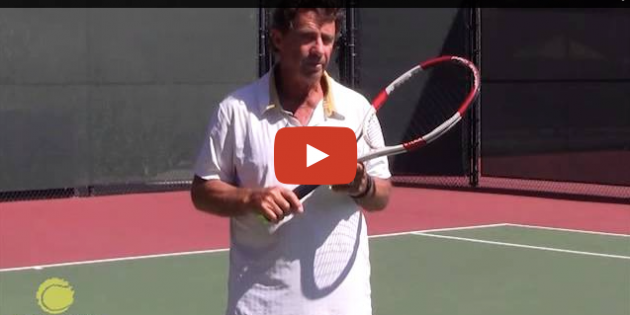 ETI 037 The Art of Winning
ETI 037 The Art of WinningDownload this podcast – You may need to right-click and select Save Link As to download the file to your computer
80% of the points in professional end with an error, 20% with a winner.
As regards unforced errors, if your opponent never misses and is patient as the day is long, would you consider missing a routine forehand in the 12th shot of a rally a forced or unforced error.
I am now believing that errors are simply errors, and the distinction is unnecessary.
So as to value and errors, the art of winning is to come to the spot where your intention is not to hit winners, but rather it simply becomes creating patterns and shot selection that creates errors.
And once you come to this side of the street then simply count and observe, until you have seen three or more instances of the same error in the same situation.
When you know how to play the opponent, and the opponent realizes that you have discovered and are playing to their weakness – you have entered the “Art of Winning Zone”


11 Comments
Michael Jessup
March 29, 2015Very nice! I like how you can put the concept into a few concise statements.
Jim McLennan
April 12, 2015Mike
thanks – your support is great
Jim
Noushin
March 21, 2015Many thanks for sharing your invaluable knowledge!
Robert Brown
March 19, 2015Of all the teach info I receive, I particularly enjoy your “straight to it” way of teaching. It respects my time and seems heartfelt with a lot of personal play experience behind it.
Jim McLennan
March 19, 2015Thank you!!
Steve
March 17, 2015Good info Jim, and something I have been trying to bring to my game. An ex pro told me similar, the way to win is not to play your best tennis, its to make your opponent play bad tennis. Im not great at this because whenever I play I want to play my best.
Jim McLennan
March 17, 2015Steve – you may be normal where you want to play your best – as often as not good is more than good enough especially if you tune in on the opponents weaknesses
Jim
Jason Broussard, USPTA
March 17, 2015Great information Jim. I can see how a defensive styled player can adjust his game to execute the strategy of increasing the error count of his opponent. I’m wondering how to specifically apply this philosophy to a more offensive minded player like a serve and volleyer. It seems that using an aggressive attacking style means you need to be even more precise with each aspect of your game. What are your thoughts?
Jim McLennan
March 17, 2015Jason – good question – even an attacking player like McEnroe knew how to force errors and even make Borg pick the more difficult pass – Sampras the same – example – if a player lobs poorly this type player would crowd the net to make the opponent hit the shot they prefer and execute with the least skill
Jim
Jim Friedman, USPTA
March 17, 2015Jim:
Excellent commentary. Brad Gilbert (Winning Ugly) commentary parallels yours… who is doing what to whom….Evert knew the weakness of opponent…now it was opponent’s opportunity to overcome that weakness….she was unable to do so…
I would be interested in your thoughts about non-professional level tennis and the ratio of winners/losers….if the pro’s have 20% winners, it would be somewhat likely that the amateurs would have perhaps 5-10% winners.
So extrapolating from your video chat…seems that being precise, consistent and practicing depth are absolutely more essential than “going” for a winner
I think most amateurs make the error of trying to do more with a neutral ball…I observe 3/5-4.0 players changing directionality (ending in error)
hitting for a winner when ball is deep (ending in error), and trying to achieve quick results with balls that should be returned safely to opponent and thus wait for a better ball to attack.
Problem is….intelligence is not always big with tennis players as their macho drive to hit a winner is so #%^$ important.
Keep up the good work!
Jim
Jim McLennan
March 17, 2015Jim – well said about players doing too much and redirecting the neutral ball – Jack Kramer said that whenever he was not in control of a point he aimed very deep and right down the middle
Jim
Leave A Response To Jim McLennan Cancel reply